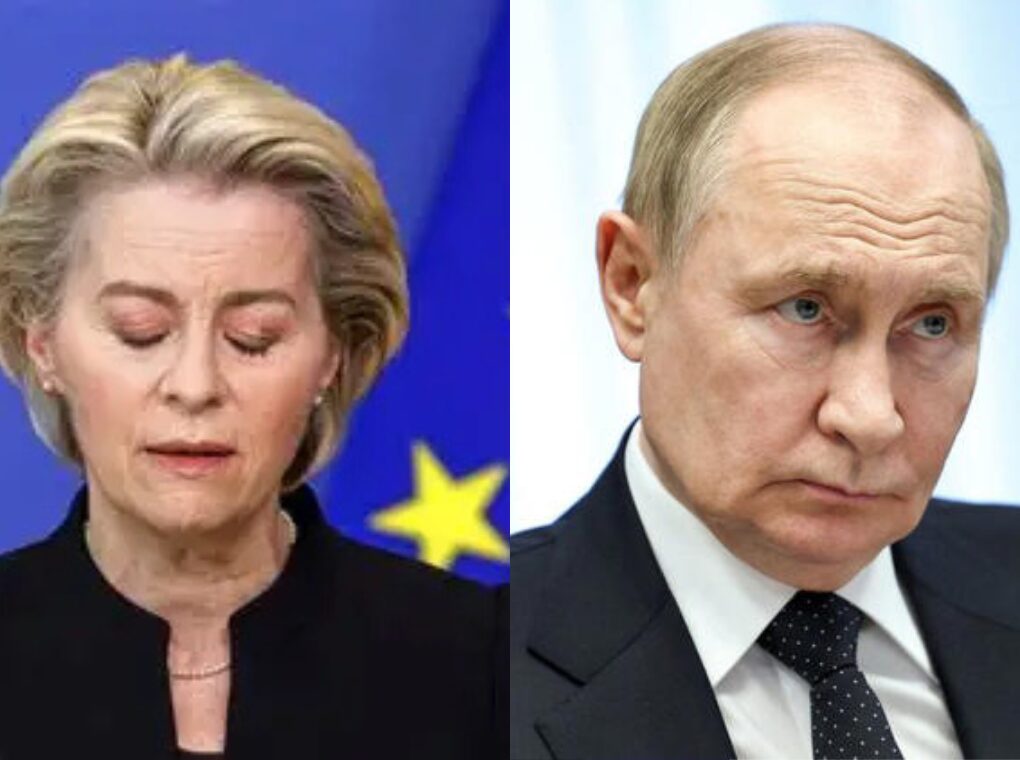On September 19, 2025, three Russian MiG-31 fighter jets—capable of carrying hypersonic Kinzhal missiles—violated Estonian airspace near Vaindloo Island in the Gulf of Finland, sparking a fresh escalation of tensions along NATO’s eastern flank. The intrusion, which lasted about 12 minutes, brought the aircraft within five nautical miles (9 kilometers) of Tallinn, Estonia’s capital.
Estonian Foreign Minister Margus Tsahkna described the move as “unprecedentedly brazen”, framing it as a deliberate test of NATO’s ability and willingness to defend its members.
The Incident
According to Estonian authorities, the Russian jets entered the country’s airspace without filing flight plans, activating transponders, or maintaining radio contact with air traffic controllers—hallmarks of a calculated provocation.
NATO’s Baltic Air Policing Mission, based at Ämari Air Base, quickly scrambled Italian F-35A stealth fighters to intercept. The Russian MiG-31s exited Estonian airspace upon approach of the NATO fighters, avoiding direct confrontation.
What made the violation particularly alarming was its duration and intensity. Previous incursions had lasted only seconds or minutes, but this time the jets lingered for over 12 minutes. Compounding the threat, the MiG-31 is capable of carrying the Kinzhal hypersonic missile, one of Russia’s most advanced and difficult-to-intercept weapons.
Estonia’s Response and Regional Tensions
In response, Estonia summoned Russia’s chargé d’affaires in Tallinn, issuing a formal diplomatic protest. Tsahkna stressed that Russia has already violated Estonian airspace four times in 2025, but this incident crossed new lines.
“Three fighter aircraft circling in our skies is unacceptable and unprecedentedly brazen. This cannot go unanswered,” Tsahkna declared.
The incursion follows a series of Russian provocations. Earlier in September, Russian drones entered Polish and Romanian airspace, with NATO forces even shooting some down—the first direct engagements with Russian hardware since the Ukraine war began in 2022. NATO has since strengthened its eastern defenses under the “Eastern Sentry” mission, reflecting growing concern over Moscow’s unpredictable tactics.
NATO and EU Reaction
NATO emphasized its readiness to defend member states. A spokesperson condemned the airspace violation as “reckless and destabilizing”, highlighting the importance of air policing missions in the Baltic states, which lack their own fighter fleets.
The European Union also denounced Russia’s actions. EU foreign policy chief Kaja Kallas warned that President Vladimir Putin is “testing the West’s resolve.” European Commission President Ursula von der Leyen announced that Brussels is preparing a new sanctions package, potentially accelerating the ban on Russian liquefied natural gas (LNG) imports to January 2027. European Council President António Costa pledged solidarity with Estonia and called for stronger collective defense on NATO’s eastern border.
Strategic Implications
Analysts interpret the incident as part of Russia’s “salami-slicing” strategy—incremental provocations designed to probe adversaries’ thresholds without sparking full-scale war. Coming shortly after the Zapad-2025 Russian-Belarusian military exercises, the timing appeared calculated rather than accidental.
A U.S. official told POLITICO that “The Russians have been flying this exact corridor for decades. It’s hard to believe this wasn’t deliberate.”
The MiG-31s’ proximity to Tallinn and the potential presence of Kinzhal missiles underscore the escalation risk. Estonia, a vocal supporter of Ukraine, has long been a target of Russian pressure—recording 40 airspace violations since 2014.
Calls for Stronger Measures
Estonia and its allies are now debating stronger responses. Tsahkna has urged tighter sanctions and increased NATO presence. Lithuania’s Foreign Minister Kestutis Budrys suggested transforming the current air policing mission into a permanent air defense mission.
Poland, which recently invoked NATO’s Article 4 following drone incursions, has set a precedent Estonia may follow. According to EU sources, Tallinn is seriously considering this option, which would trigger consultations among all NATO allies about the security threat.
The Estonian airspace violation represents more than a fleeting incident—it is a strategic escalation by Moscow. By sending hypersonic-capable MiG-31s deep into Estonian skies, Russia is not only testing NATO’s response times but also signaling its readiness to escalate.
NATO’s swift interception and the EU’s pledge of sanctions demonstrate unity, yet the frequency of provocations suggests Russia will continue pressing. As Foreign Minister Tsahkna warned:
“Russia’s growing aggression must be met with determination.”
For NATO, the challenge now is clear: balance firm deterrence with avoiding uncontrollable escalation on Europe’s most vulnerable front.
